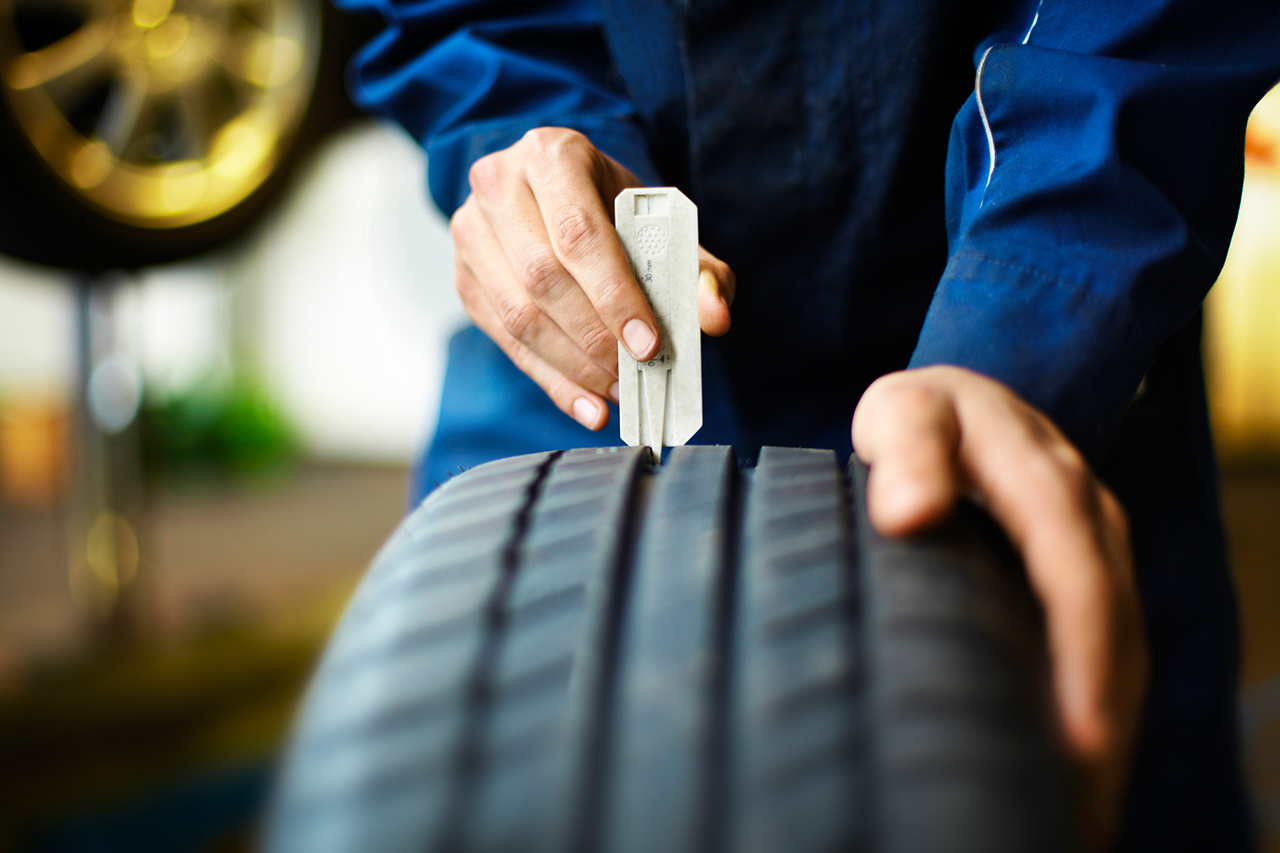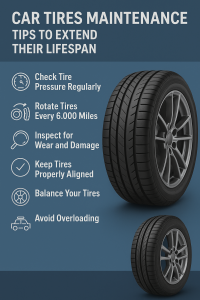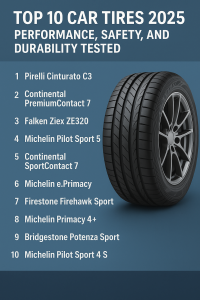Car Tires Maintenance: Tips to Extend Their Lifespan

Car Tires

Car Tires Maintenance: Tips to Extend Their Lifespan Taking care of your car doesn’t just mean regular oil changes or keeping the exterior spotless—it also means paying close attention to the condition of your car tires. Tires are the only contact point between your vehicle and the road, and their health directly affects your safety, fuel efficiency, and driving comfort. With recent data showing that poorly maintained tires contribute to nearly 30% of road accidents worldwide, adopting good tire care habits has never been more critical. Read More: Top 5 Business Bank Accounts for Small Businesses in 2025
Below are practical, research-backed strategies you can start applying today to extend the lifespan of your car tires while ensuring a safer and smoother driving experience.
Why Car Tires Need Regular Attention

Unlike other car parts, car tires face continuous wear and tear from road friction, weather, and even storage conditions. The rubber compounds naturally degrade over time, but with proper maintenance, you can slow down this process significantly. New technologies—such as advanced tread wear indicators—are helping drivers detect issues earlier, but the fundamentals of tire care remain essential. Read More: The Latest Trends in Financial Technology: Embracing the Future of Finance
Neglecting this responsibility doesn’t just shorten the tire’s life; it can lead to higher fuel consumption, increased emissions, and unsafe handling in critical moments.
Check Tire Pressure Consistently

Tire pressure is one of the simplest yet most overlooked aspects of maintenance. Studies from the U.S. National Highway Traffic Safety Administration (NHTSA) reveal that underinflated tires can lower fuel efficiency by up to 3% and increase the risk of blowouts. Read More : How to Start a Successful Automotive Repair Business in 2024
Experts recommend checking pressure at least once a month and before long road trips. Always measure when the tires are cold, since heat can cause temporary pressure increases. Keeping them inflated to the manufacturer’s recommended PSI helps your car tires maintain their optimal shape, grip, and performance.
Rotate Tires for Even Wear

Tires don’t wear evenly. Front tires typically carry more load due to steering and braking, which accelerates their wear compared to rear tires. Tire rotation, performed every 8,000–10,000 kilometers, helps balance the wear and ensures that all four tires age at the same rate. Read More: Finally, PayPal for Pakistan? Freelancers, This Is Your Moment
Automakers often recommend different rotation patterns—such as cross-rotation or straight rotation—depending on whether your vehicle is front-wheel, rear-wheel, or all-wheel drive. Consistent rotation not only extends the lifespan of your car tires but also improves handling and braking efficiency.
Wheel Alignment and Balancing

When your car drifts to one side or the steering wheel vibrates, it may be a sign of poor wheel alignment or imbalance. Misalignment often happens after hitting potholes, curbs, or driving on rough roads. Balancing, on the other hand, addresses uneven weight distribution on the tire and wheel assembly.
Improper alignment accelerates tread wear and strains the suspension system. Getting both alignment and balancing checked at least once a year—or immediately if you notice uneven tread patterns—can dramatically reduce unnecessary damage to your car tires.
Inspect Tread Depth Regularly

The tread pattern isn’t just there for looks—it’s crucial for channeling water away and preventing hydroplaning. Most regions legally require a minimum tread depth of 1.6 mm, but experts advise replacing tires once they reach 3 mm for optimal wet-road performance.
You don’t need expensive tools to check this. The “penny test” or tread wear indicators built into modern tires make the process simple. Driving with worn-out car tires compromises braking distance and cornering stability, especially during rainy conditions.
Protect Tires from Environmental Damage

Sunlight, ozone, and fluctuating temperatures can slowly degrade the rubber compounds in tires. If your vehicle sits idle for long periods, tires may develop flat spots or dry cracks. Whenever possible, park in shaded or indoor areas.
For those who store extra sets of tires—like winter or summer ones—keep them in a cool, dry environment away from direct sunlight. Covering them with tire bags or protective wraps also helps maintain their integrity over time.
Adopt Gentle Driving Habits

Your driving style plays a bigger role in tire longevity than most people realize. Hard braking, rapid acceleration, and aggressive cornering put unnecessary stress on the tread and sidewalls. Data shows that smoother driving can extend tire life by up to 20%. Read More: Eco-Friendly Options for Business Cards Online: Sustainable Choices in 2024
Think of your tires as your travel partners. Treating them with care not only reduces wear but also improves fuel economy and makes every trip more enjoyable. Your car tires respond best to consistent, mindful handling.
Invest in Quality Tires and Professional Care

While maintenance habits are vital, starting with high-quality tires designed for your driving environment makes a huge difference. Research from tire manufacturers highlights that premium tires often have better tread life, stronger sidewalls, and enhanced safety features compared to budget alternatives. Read More : Fun and Functional: Best Car Beds for a Dreamy Night’s Sleep
Pairing good tires with professional services—like scheduled inspections, balancing, and alignment—ensures you get the most out of them. Remember, your car tires are an investment in both performance and safety.







